R. Vilalta
The Dark Machines Anomaly Score Challenge: Benchmark Data and Model Independent Event Classification for the Large Hadron Collider
May 28, 2021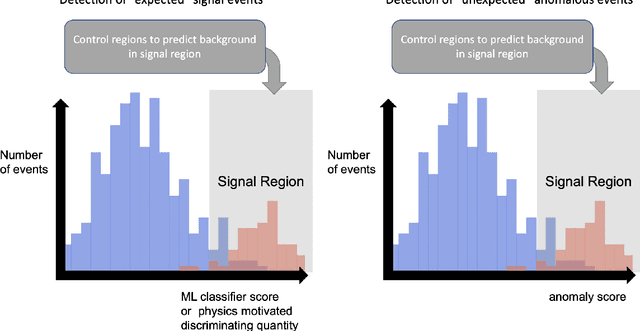
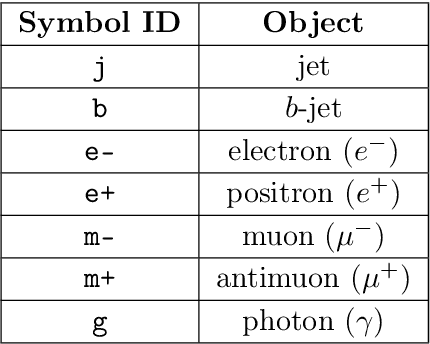
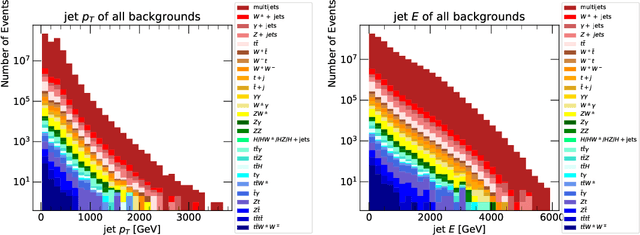
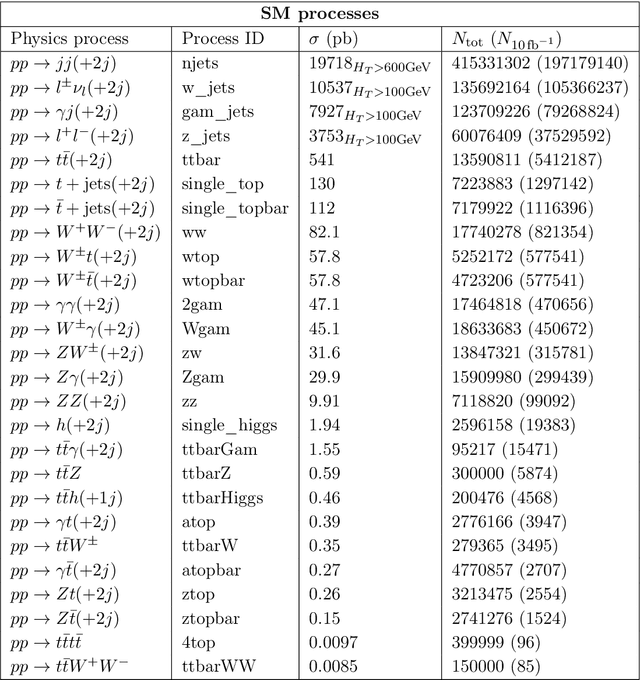
Abstract:We describe the outcome of a data challenge conducted as part of the Dark Machines Initiative and the Les Houches 2019 workshop on Physics at TeV colliders. The challenged aims at detecting signals of new physics at the LHC using unsupervised machine learning algorithms. First, we propose how an anomaly score could be implemented to define model-independent signal regions in LHC searches. We define and describe a large benchmark dataset, consisting of >1 Billion simulated LHC events corresponding to $10~\rm{fb}^{-1}$ of proton-proton collisions at a center-of-mass energy of 13 TeV. We then review a wide range of anomaly detection and density estimation algorithms, developed in the context of the data challenge, and we measure their performance in a set of realistic analysis environments. We draw a number of useful conclusions that will aid the development of unsupervised new physics searches during the third run of the LHC, and provide our benchmark dataset for future studies at https://www.phenoMLdata.org. Code to reproduce the analysis is provided at https://github.com/bostdiek/DarkMachines-UnsupervisedChallenge.
A probabilistic approach to emission-line galaxy classification
Aug 18, 2017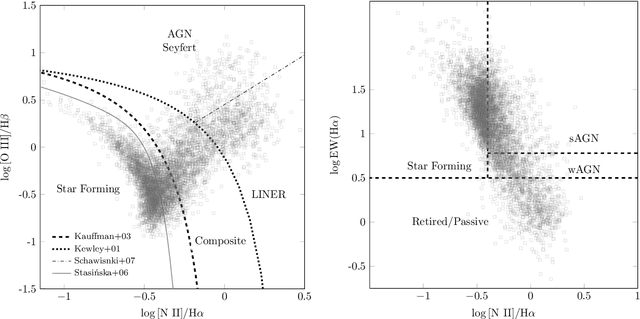
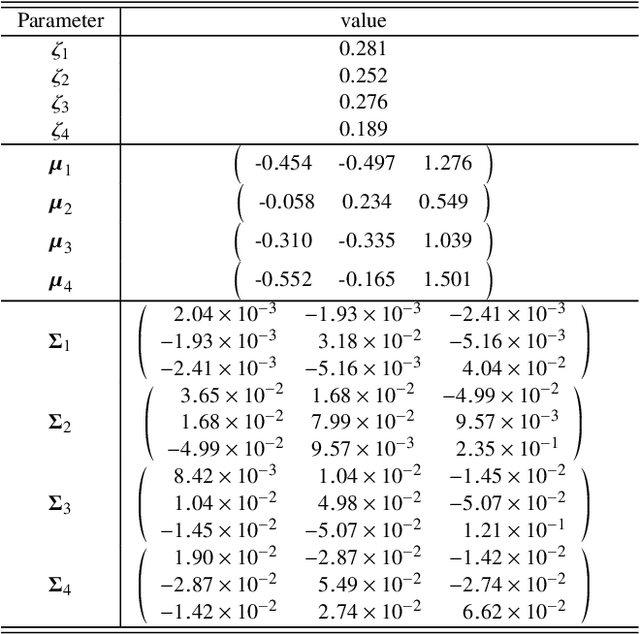
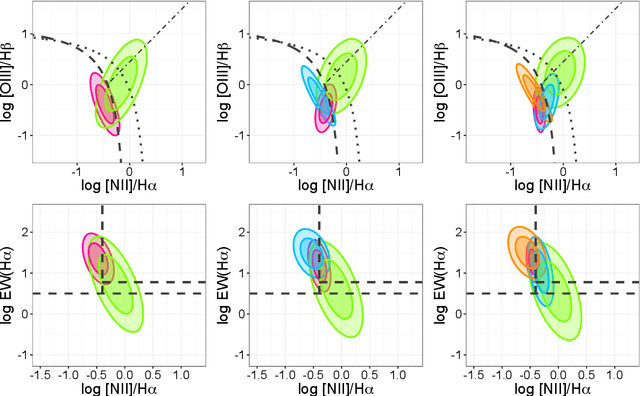

Abstract:We invoke a Gaussian mixture model (GMM) to jointly analyse two traditional emission-line classification schemes of galaxy ionization sources: the Baldwin-Phillips-Terlevich (BPT) and $\rm W_{H\alpha}$ vs. [NII]/H$\alpha$ (WHAN) diagrams, using spectroscopic data from the Sloan Digital Sky Survey Data Release 7 and SEAGal/STARLIGHT datasets. We apply a GMM to empirically define classes of galaxies in a three-dimensional space spanned by the $\log$ [OIII]/H$\beta$, $\log$ [NII]/H$\alpha$, and $\log$ EW(H${\alpha}$), optical parameters. The best-fit GMM based on several statistical criteria suggests a solution around four Gaussian components (GCs), which are capable to explain up to 97 per cent of the data variance. Using elements of information theory, we compare each GC to their respective astronomical counterpart. GC1 and GC4 are associated with star-forming galaxies, suggesting the need to define a new starburst subgroup. GC2 is associated with BPT's Active Galaxy Nuclei (AGN) class and WHAN's weak AGN class. GC3 is associated with BPT's composite class and WHAN's strong AGN class. Conversely, there is no statistical evidence -- based on four GCs -- for the existence of a Seyfert/LINER dichotomy in our sample. Notwithstanding, the inclusion of an additional GC5 unravels it. The GC5 appears associated to the LINER and Passive galaxies on the BPT and WHAN diagrams respectively. Subtleties aside, we demonstrate the potential of our methodology to recover/unravel different objects inside the wilderness of astronomical datasets, without lacking the ability to convey physically interpretable results. The probabilistic classifications from the GMM analysis are publicly available within the COINtoolbox (https://cointoolbox.github.io/GMM\_Catalogue/).
 Add to Chrome
Add to Chrome Add to Firefox
Add to Firefox Add to Edge
Add to Edge